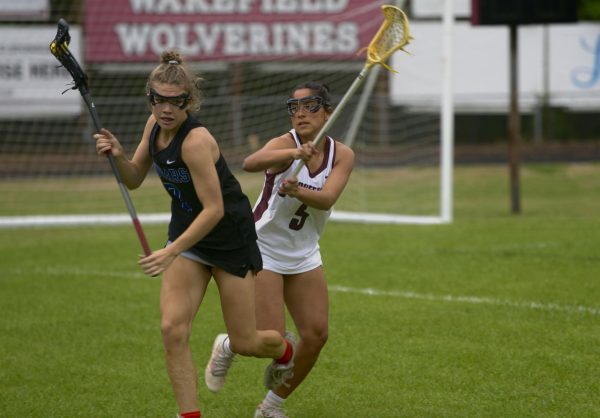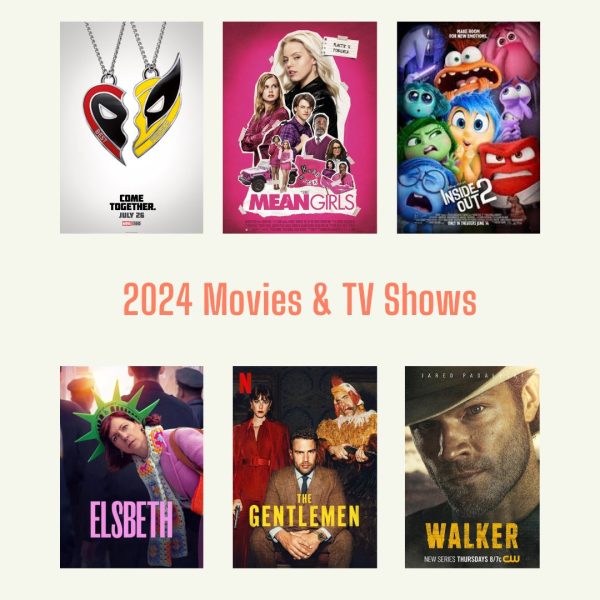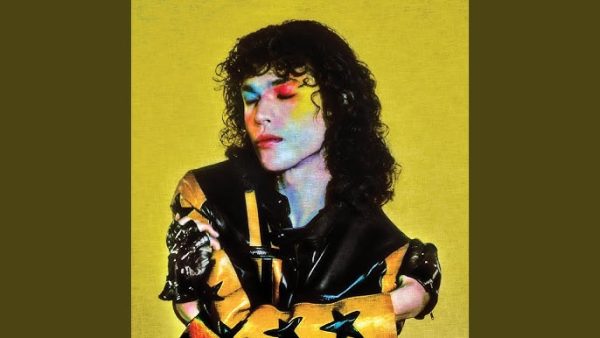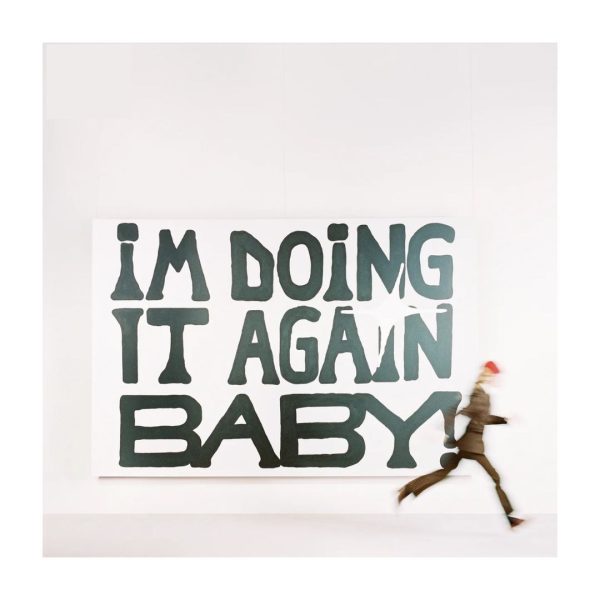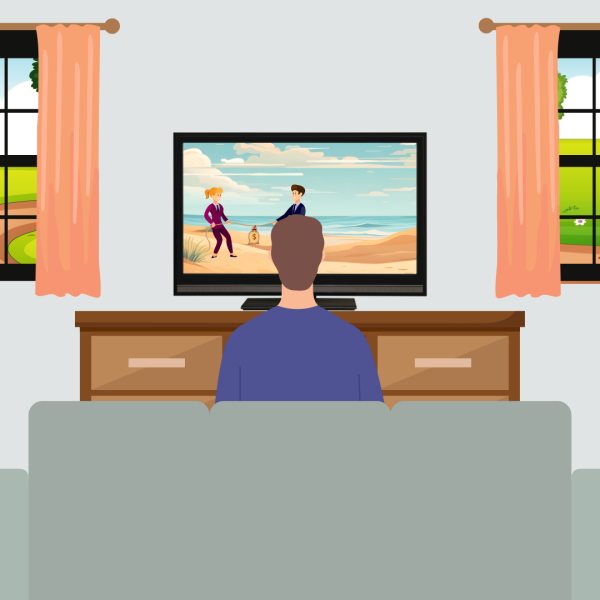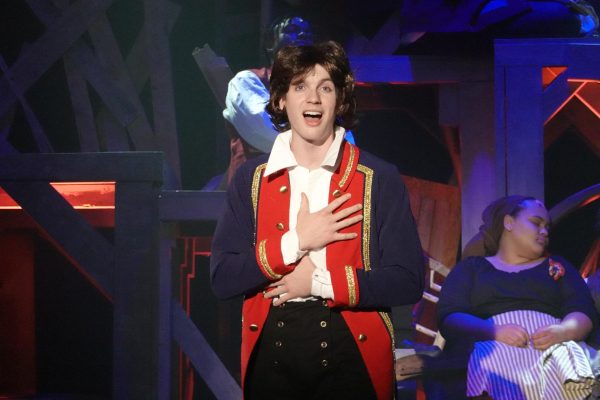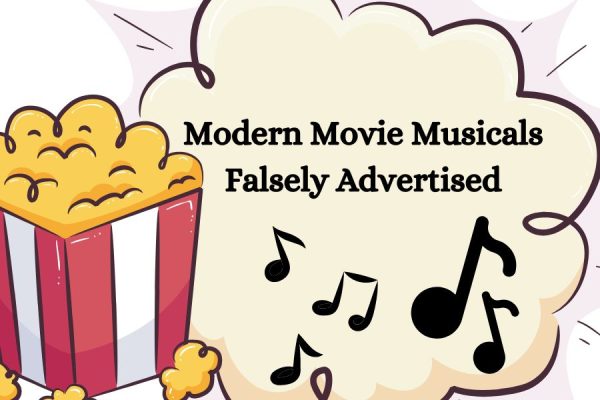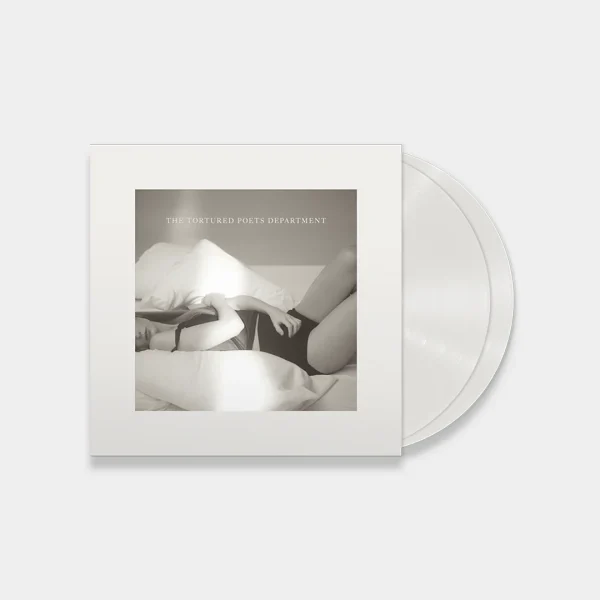The sound of horror
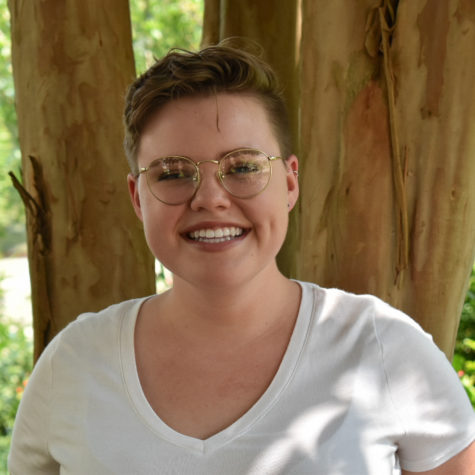
More stories from Abby Lee
With the induction of autumn comes the first previews of horror movie season, and patrons never fail to fill the box office. Last year’s It brought in $700 million in ticket sales, according to Business Insider. This year, the box office will see moviegoers lining up to buy tickets for such films as The Nun, HellFest, and the long-awaited reboot of the 1978 classic, slasher movie Halloween. Audiences will leave theaters tormented by the gore and the ghosts, but what about the more subtle aspects of these notoriously chilling flicks?
While visuals are a primal piece of motion pictures of any genre, horror films have a particular responsibility to play on the audience’s senses. Shadows have the potential to harbor sinister secrets, and sound is a key device in delivering the out-of-nowhere scares that the genre is famous for.
John Krasinski’s A Quiet Place, released in April of this year, served as a fresh reminder of the importance of sound (or lack thereof) in horror. As lack of sound serves to emphasize the most important sounds occurring on screen, the presence of music in films is an echo of the images viewers see. The result is a coupling that can be both breathtaking and hair-raising.
There’s a balance to be struck in formulating the perfect accompaniment for any film, but horror composers are met with an additional challenge. Horror scores, or the music written specifically to accompany a production, are not only meant to immerse the viewer in intense emotion, but also to manipulate the senses into experiencing tension, dread, or terror. The audience’s interpretation of a scene becomes putty in the hands of the composer, and few have mastered this technique better than composer John Carpenter.
Paste Magazine’s list of iconic horror themes lists Carpenter’s theme from Halloween, the aforementioned classic slasher movie, at number one. The reason that this dreadful melody is still played in haunted houses across the country? Its minimalism.
The theme from Halloween is a perfect example of a horror composition that creates the desired effect. Through the eerie, fast-paced rhythm and dissonant, punching notes, Carpenter’s accompaniment is still haunting theaters to this day.



